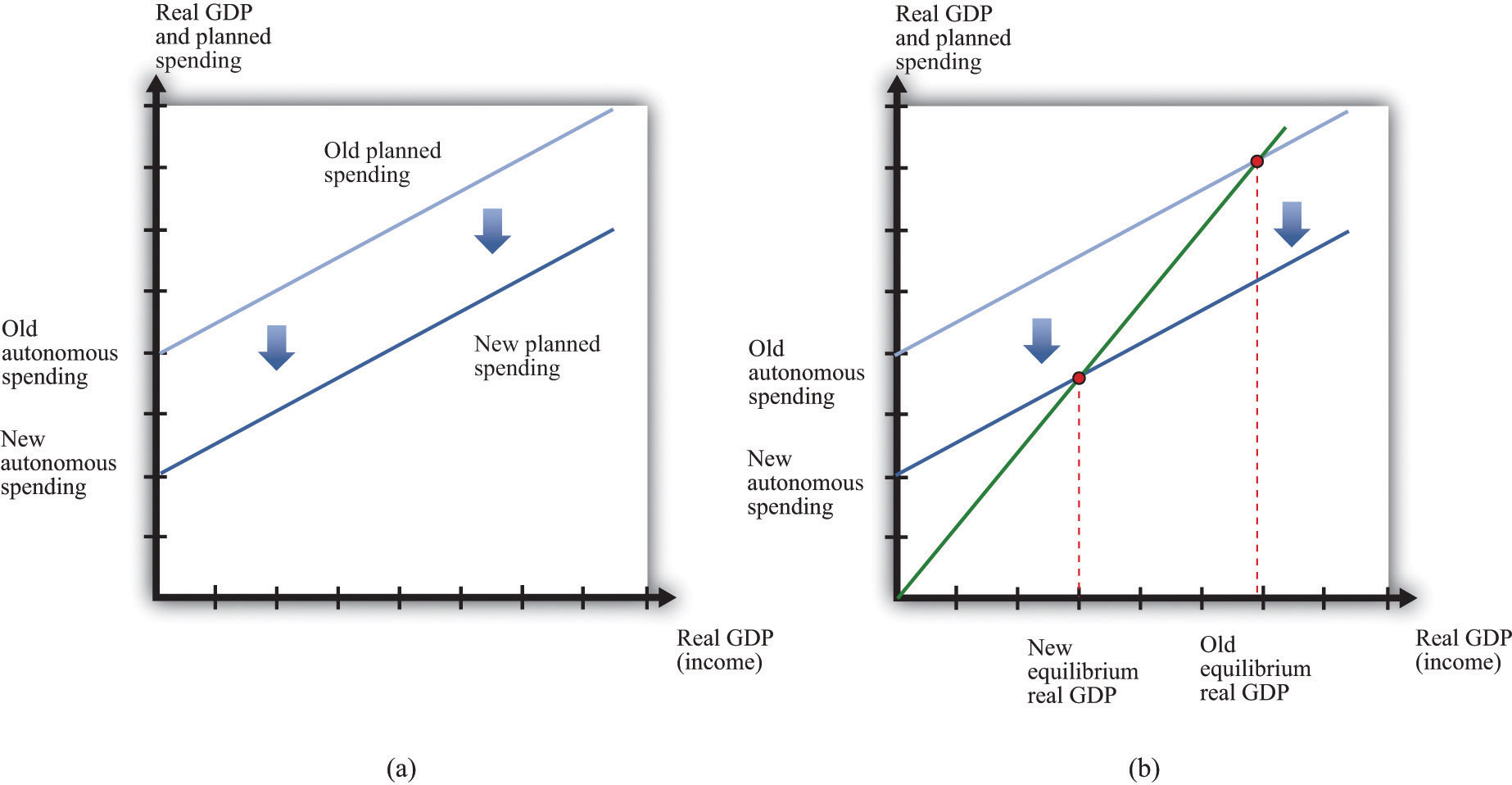

We estimate that the cost per mile of a robo-taxi trip could be just 20 percent higher than that of a private nonautonomous car in certain contexts, depending on use case, geography, and local conditions such as city archetype (for example, large and sprawling versus dense).

Please email us at: fully burdened costs for such services are very high today, they could decline significantly in the coming decade. If you would like information about this content we will be happy to work with you. We strive to provide individuals with disabilities equal access to our website. Despite their additional technology costs, robo-taxis could become price competitive with private nonautonomous cars and even transit services (Exhibit 1). While fully burdened costs for such services are very high today-because of the high cost of technology, development, and operations-they could decline significantly in the coming decade as AV technology advances and smarter, more seamless, multimodal mobility ecosystems emerge. Customer preference strongly depends on how the cost of these AV services compares with other mobility modes. The adoption of robo-taxis and robo-shuttles depends on four main drivers: regulations, technology readiness, business-case attractiveness, and customer preference. Poised for disruption: Cost per mile for mobility in 2030 Finally, we discuss implications of our findings for various industry players, including OEMs, tier-one suppliers, cities, AV technology players, and mobility-services operators. Our analysis suggests that unlike in traditional mobility, shared AV services will develop new rules for mobility in which operational and service-provisioning costs will play a pivotal role. We highlight the potential of such services to make mobility cheaper for consumers and discuss key cost drivers, including local contexts and use cases. This article focuses on shared AV services such as robo-taxis and robo-shuttles, which are on-demand taxi services using autonomous vehicles without a human driver, with a 2 to 6 occupant capacity for the former and a 4 to 10 occupant capacity for the latter.

In L4 systems, the autonomous system can perform dynamic driving tasks.
#Autonomous consumption driver
元 refers to conditional automation, in which the system controls steering and acceleration while also monitoring the driving environment, but the system requires a human driver to perform certain dynamic driving tasks. (Round to three decimal places as needed.In a previous article, we discussed advanced driver-assistance systems (ADAS) and Level 3 (元) and Level 4 (L4) autonomous-driving systems for highways in private car ownership. Xo = 11.071 (Round to three decimal places as needed.) Determine the critical value, xo, and the rejection region. The distribution of fatal work injuries in the west is 44% transportation, 18% equipment, 14% assaults, 13% falls, 9% harmful fumes, and 2% fires.ī.

The distribution of fatal work injuries in the west is the same as the expected distribution. At a=0.05 TransportationĬan you conclude that the distribution of fatal work injuries in the west is different from the national distribution? Complete parts a through d below. You believe that the distribution ofįatal work injuries is different in the western part of the country and randomly select 6231 fatal work injuries occurring in that region. The national distribution of fatal work injuries in a country is shown in the table to the right under National %.


 0 kommentar(er)
0 kommentar(er)
